There’s something about powerful waterways that can stop you in your tracks.
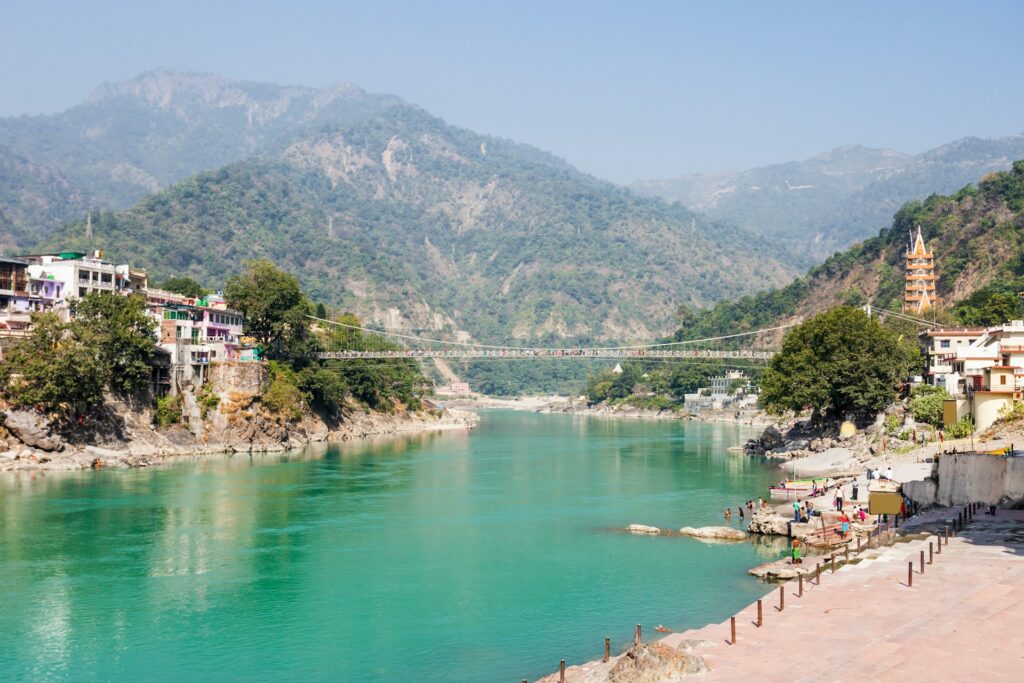
They don’t just shape landscapes; they rewrite them. Rivers that carve through rock like it’s nothing, waterfalls that thunder with enough force to shake the ground, and tidal flows so fierce they can pull the sea backwards. These aren’t just pretty sights—they’re loud, clear reminders of what the Earth is capable of. Here are some of the world’s most awe-inspiring waterways that show just how much strength, movement, and drama our planet carries beneath the surface.
The Congo River, Africa
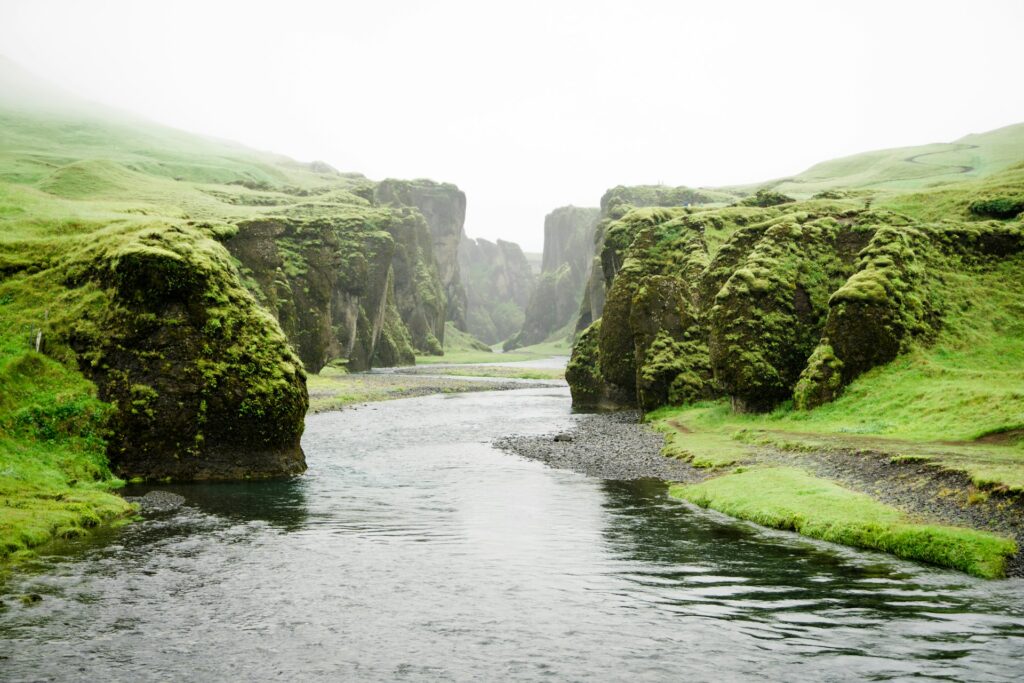
The Congo River doesn’t always get the same attention as the Amazon or the Nile, but it absolutely should. It’s the deepest river in the world—plunging to depths of over 220 metres in places—and it’s wild. Its flow is relentless, powered by enormous rainfall and a steep drop in elevation.
What makes the Congo truly astonishing is the Inga Rapids. These aren’t your average white-water rapids. They’re a chaotic stretch where the river churns with such force that it’s considered almost unnavigable. Boats don’t stand much chance. It’s a powerful visual of nature pushing back against control—and winning.
Niagara Falls, USA/Canada
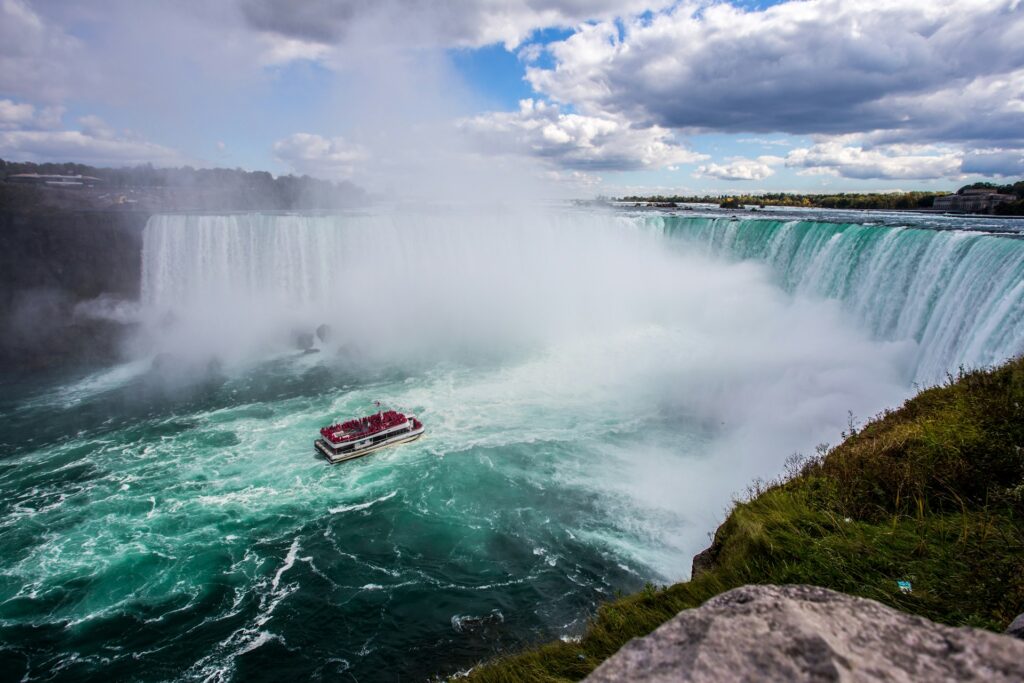
Niagara Falls is iconic for a reason. With more than 3,000 tonnes of water crashing down every second, it’s not the tallest waterfall in the world, but the sheer volume of water is staggering. It’s that combination of height and flow rate that gives it its punch.
What’s more, the falls are actually wearing away the rock underneath them bit by bit. Over thousands of years, they’ve shifted upstream by about 11 kilometres. So while they might seem timeless, they’re anything but static. They’re a moving piece of geology.
The Amazon River, South America
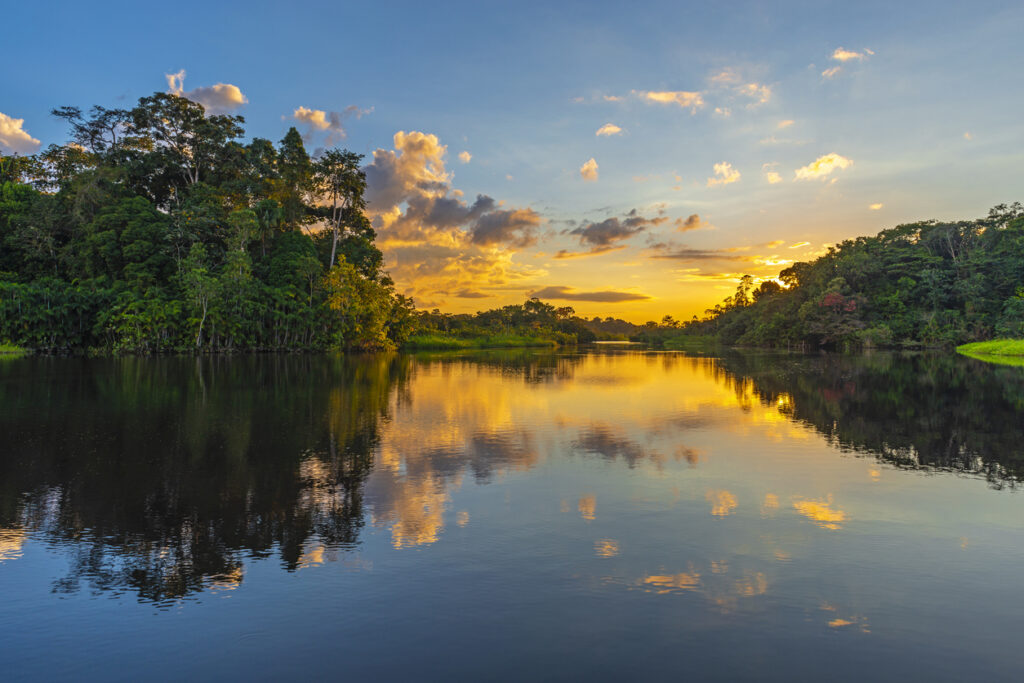
The Amazon is the kind of waterway that defies belief. It holds more water than the next seven largest rivers combined. At its widest point during the rainy season, it can stretch over 24 miles across. That’s not a river you could swim across—it’s one you could get lost in.
Its power isn’t just about size. It carries more sediment than almost any other river, reshaping the land as it goes. And because of its volume, it also pushes freshwater more than 100 miles out into the Atlantic Ocean. That’s how strong its flow is—it changes the chemistry of the sea.
The Strid, Yorkshire, England
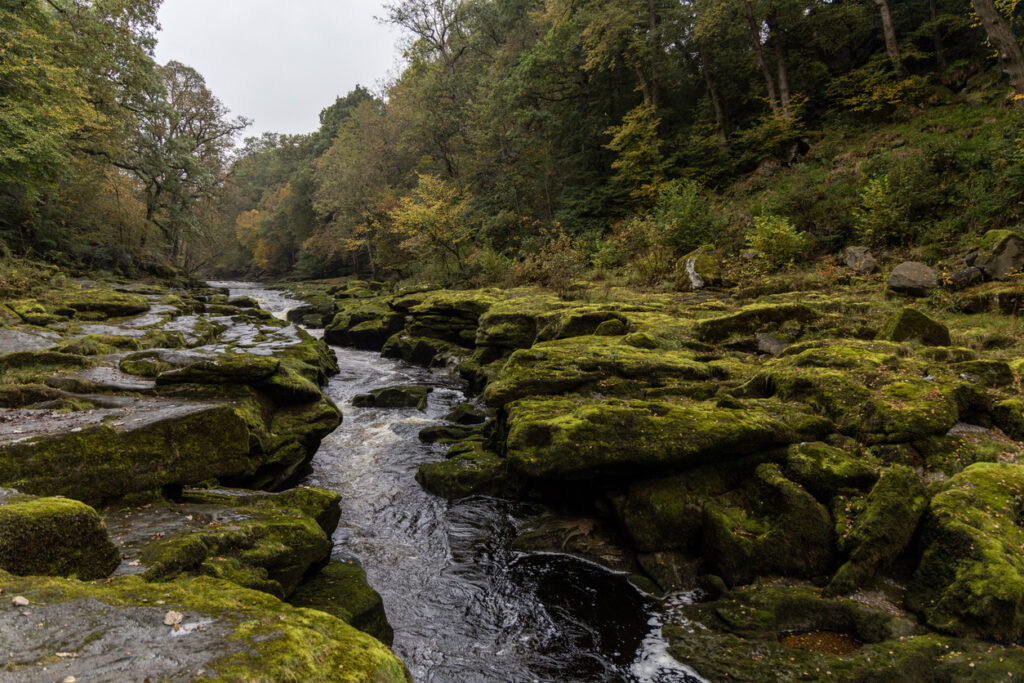
Now, this one’s deceptive. The Strid looks peaceful—like the kind of narrow stream you could hop across. But it’s easily one of the most dangerous stretches of water in the world. Why? Because beneath that calm surface is a deep, narrow channel that’s absolutely raging.
Water from the River Wharfe gets forced into this tight space, creating strong undercurrents and whirlpools. People have died simply by slipping in, never to be seen again. There’s no safety barrier, no warning siren. Just a quiet, deadly current waiting under the surface. It’s a stark reminder that power doesn’t always look dramatic.
Iguazu Falls, Argentina/Brazil
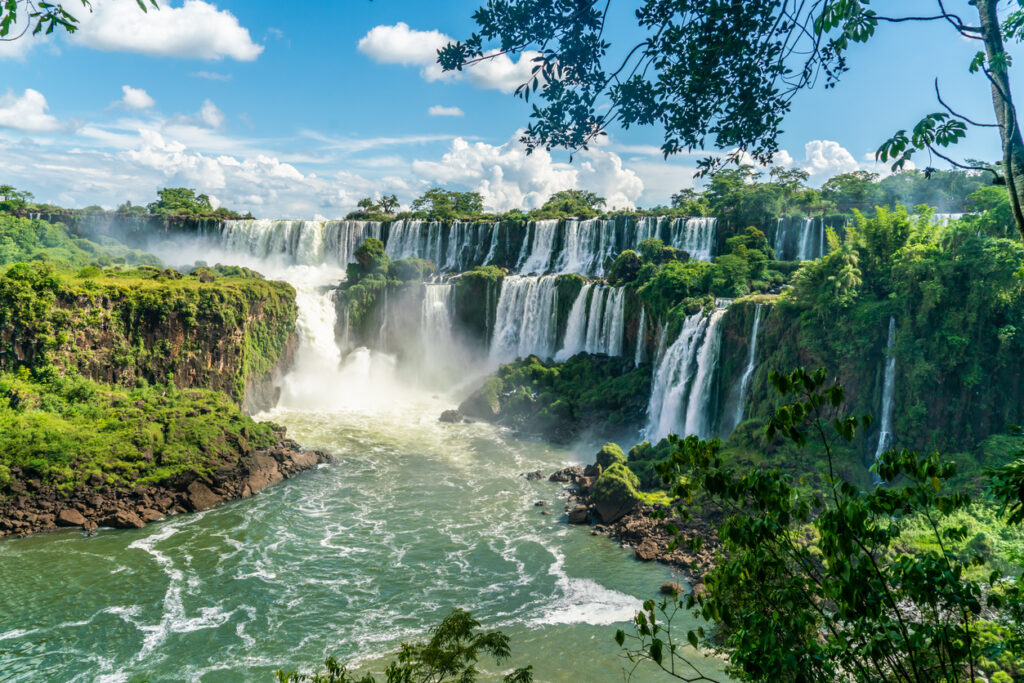
If you want raw drama, Iguazu Falls has it. With 275 individual falls spread out over nearly 2 miles, it’s a full-on sensory overload. You don’t just see it—you feel it. The sound alone is enough to make you stop talking. The biggest drop, called the Devil’s Throat, plunges 80 metres and churns with steam and mist that rises like smoke. It’s not just a waterfall—it’s a system, a force of motion so big and wild it’s hard to wrap your head around. It’s what happens when water, gravity, and time go full throttle.
The River Severn, UK
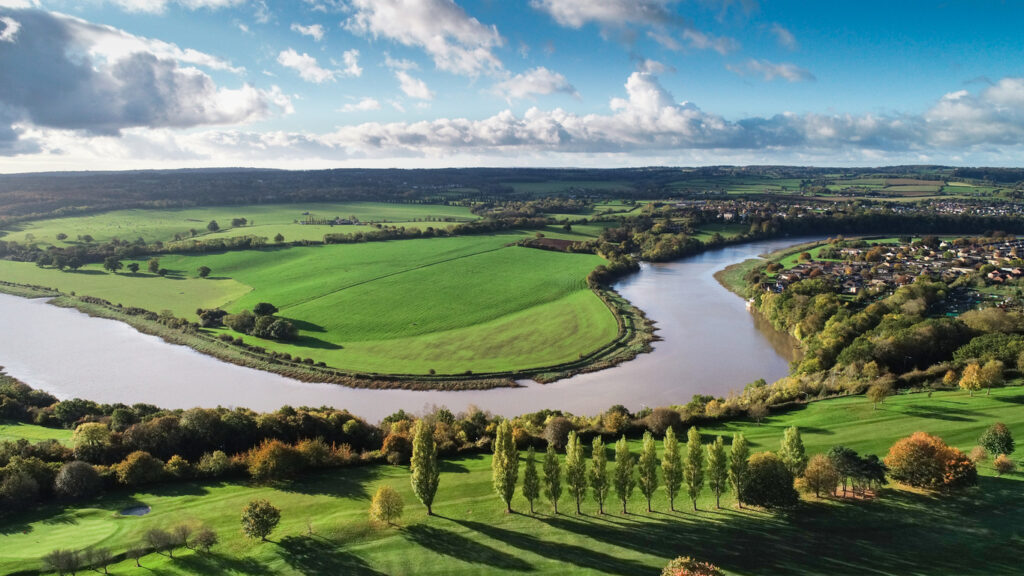
You don’t have to leave Britain to witness incredible water power. The River Severn boasts the world’s second-largest tidal range after the Bay of Fundy in Canada. And with that tide comes something spectacular—the Severn Bore. A bore is a wave that travels upstream against the river’s natural flow, pushed along by incoming tides. When it’s at its best, the Severn Bore is a single wave that surges for miles, sometimes reaching head height. People surf it. Others stand along the banks just to watch it pass. It’s a proper show of strength from a river that looks pretty tame the rest of the time.
The Ganges River, India

The Ganges is sacred, but it’s also staggering in scale. It drains a massive area and supports hundreds of millions of people. When the monsoon rains hit, the river swells into a vast, thundering force that reshapes everything around it. Flooding is part of the cycle, and while it’s dangerous, it also delivers nutrients to the land, supporting agriculture and ecosystems. It’s a double-edged sword—a provider and a threat. That balance of power and fragility makes the Ganges a perfect example of how closely human life is tied to water.
The Bay of Fundy, Canada
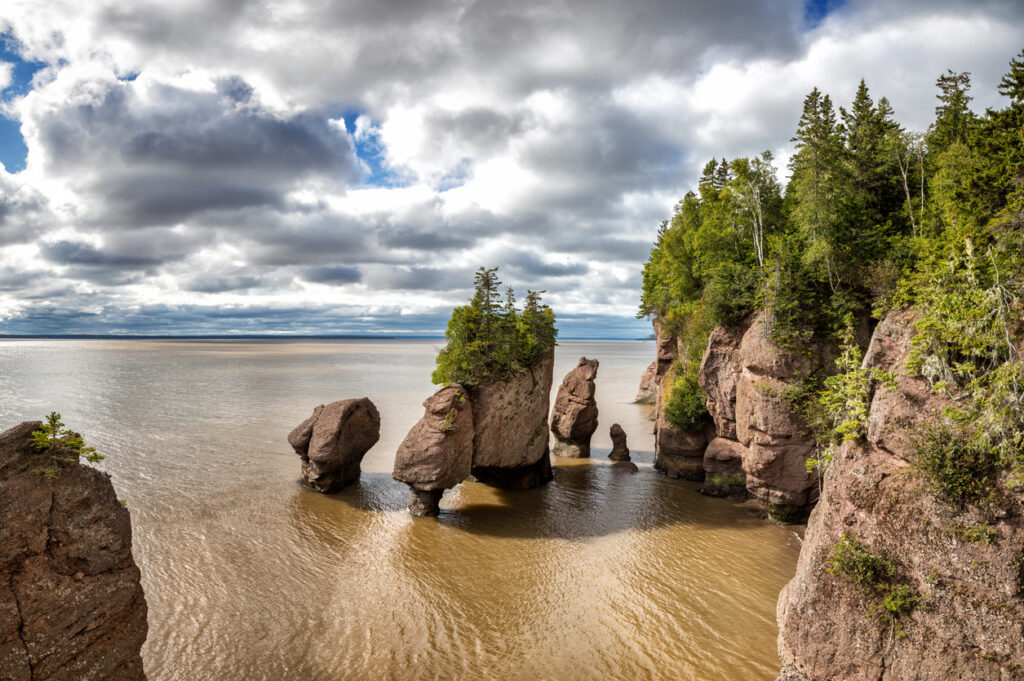
Let’s talk about tides. The Bay of Fundy is home to the highest tides on Earth, with a difference of up to 16 metres between high and low tide. That’s about the height of a five-storey building, and it happens every six hours. This movement isn’t slow or gentle. When the tide comes in, it comes fast, rushing in with a roar and turning rivers backwards. You can stand on dry ground and watch it vanish in under half an hour. It’s disorienting, dramatic, and hard to fully grasp unless you’ve seen it up close.
Angel Falls, Venezuela

The tallest waterfall in the world, Angel Falls drops a jaw-dropping 979 metres from the top of a remote mountain in the Venezuelan jungle. It’s so high that the water actually turns to mist before it hits the bottom. Because it’s so isolated, getting there isn’t easy, and that just adds to its mystique. It’s a reminder that the most powerful places on Earth aren’t always the most accessible—and that some of the planet’s beauty is still left to the wild.
The Danube River, Europe
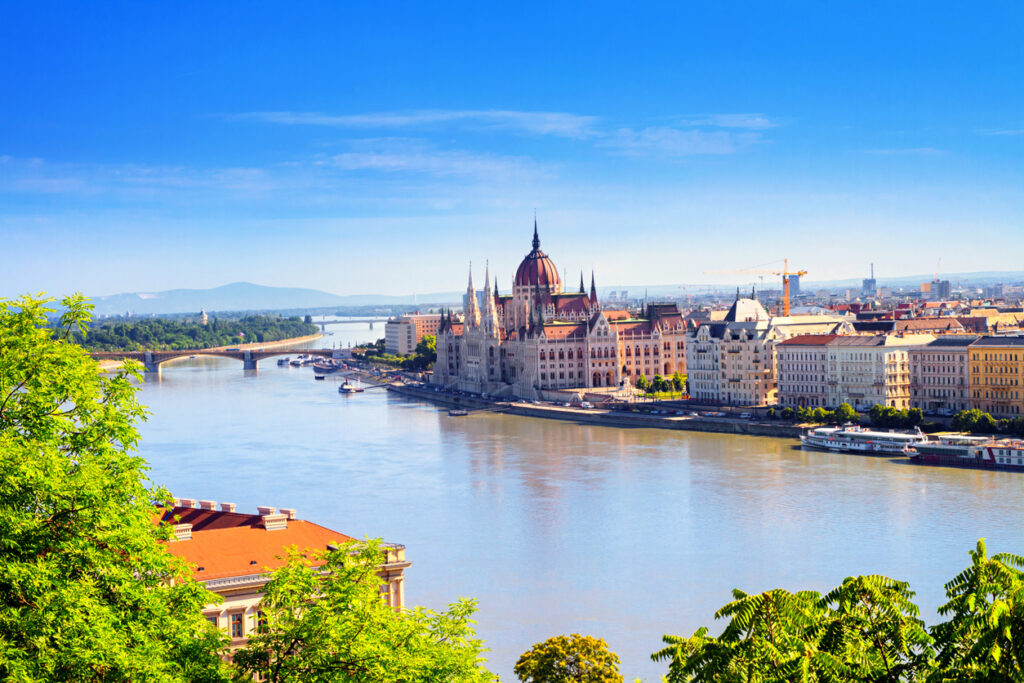
The Danube doesn’t explode with power in quite the same way as a waterfall or tidal bore, but its reach is incredible. It flows through ten countries—more than any other river in the world—and cuts across cities, forests, mountains and plains. It’s a connector and a boundary at the same time. And when it floods, as it has more often in recent years due to climate change, it shows its strength by swallowing streets, fields and entire towns. It’s a river that shapes politics, economies, and ecosystems.
The Mekong River, Southeast Asia
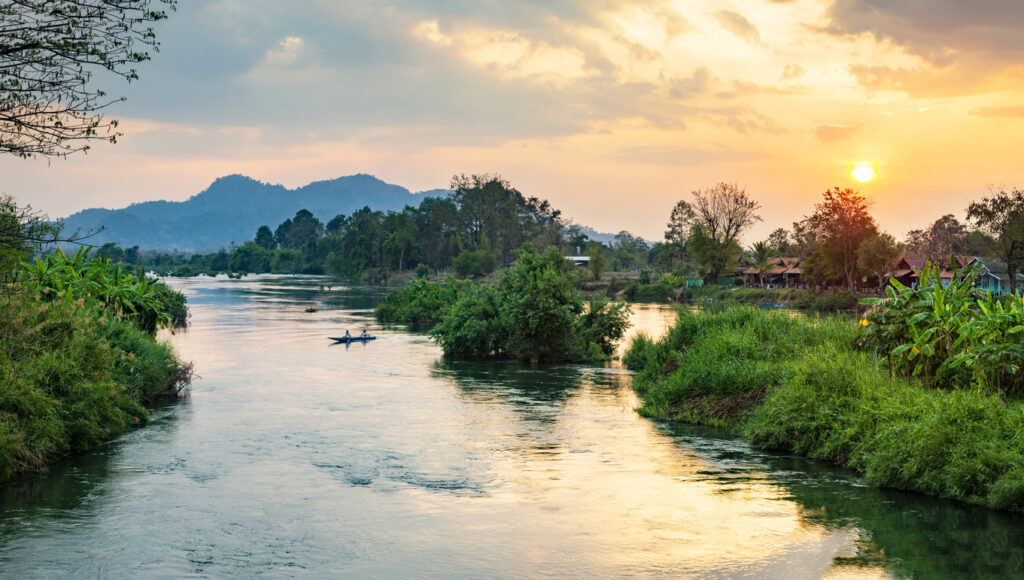
The Mekong is unpredictable. During the wet season, it swells to enormous proportions, changing course and spilling across its floodplain. It’s been a lifeline for centuries, but its power also lies in its refusal to stay the same. One of the most fascinating features of the Mekong is its role in reversing flow—especially in Tonle Sap Lake in Cambodia, which actually expands during the monsoon as the river feeds it backwards. It’s a natural system that breaks all the usual rules and keeps people guessing.
All these waterways show different faces of Earth’s power.
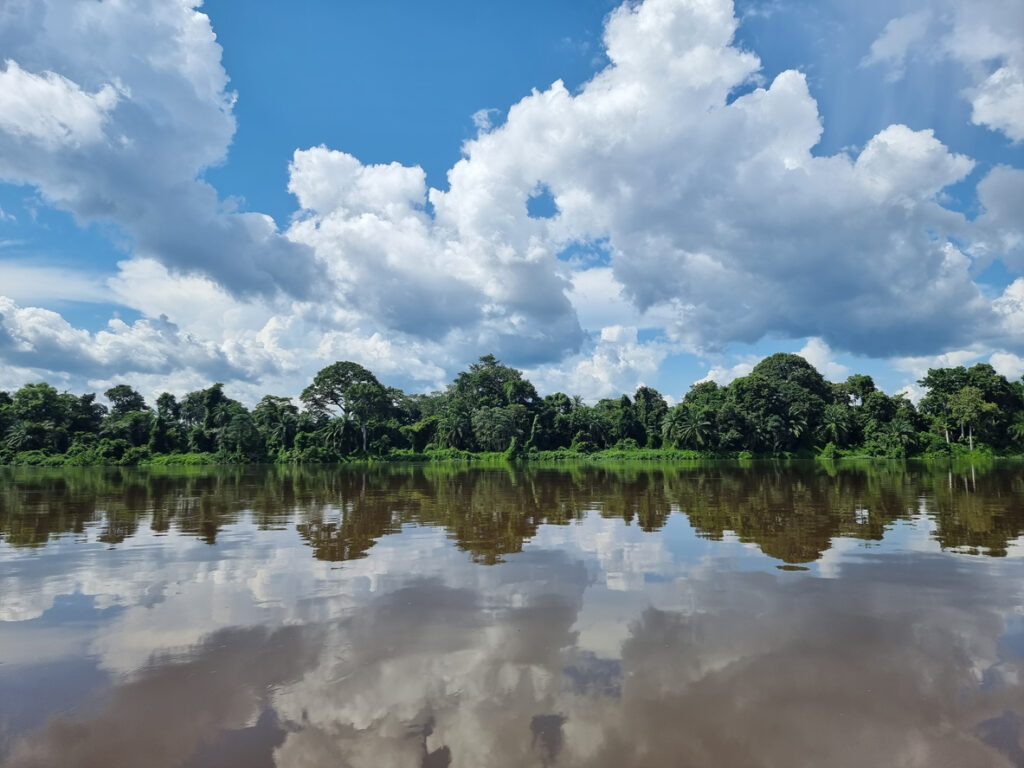
Some are destructive, others life-giving. Many are both. But what they have in common is movement—uncontrollable, rhythmic, and often defiant. In a world that sometimes feels obsessed with control and order, there’s something refreshing about standing in front of a river, waterfall or tidal surge that just does what it does. No permission asked. No button to press.
If there’s one thing these places teach us, it’s that the Earth doesn’t need to shout to be powerful—but when it does, it’s unforgettable.